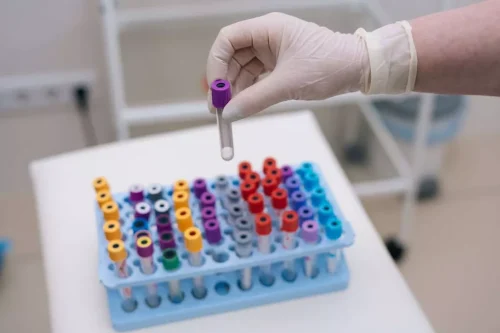
Profile of an Alcoholic: What Alcoholism Really Looks Like

It’s essential to consider the whole picture and not just focus on the face when identifying alcoholism. Alcohol abuse can come with many health complications and can lead to AUD if left untreated. Seth brings many years of professional experience working the front lines of addiction in both the government and privatized sectors. Facial features like paleness may indicate anemia, while a bluish coloration (cyanosis) around the lips may be due to a lung or heart issue. Sores around the lips and mouth may point to type of herpes virus, while cracked lips may be due to dehydration or an allergic reaction to specific medication or substances. The face is like a window into the body and can offer helpful insights into one’s health.
- Alcohol detox isn’t easy and not everyone can do it on their own.
- Early episodes of binge and heavy drinking (binge drinking on five or more days in the same month) can elevate the risk for struggling with alcohol-related issues later in life.
- The person’s experience is positive, and they don’t perceive their use to be harmful.
Addiction Treatment Programs

This is called ‘alcohol flush reaction’ and it happens when your body is unable to fully digest all the alcohol you’ve consumed. This means that the toxins in alcohol, including acetaldehyde, can build up in your body. In response, blood vessels in your face dilate – causing redness. In the long-term, these vessels can over-dilate, leading to spider veins on the skin. Most rehab facilities also offer other therapy types, such as equine therapy or art therapy, coupled with many social activities.

What are The Physical Symptoms of Alcoholism?
Physical signs of alcoholism can include a range of symptoms, from slurred speech and impaired coordination to liver damage and malnutrition. Long-term alcohol abuse can also lead to high blood pressure, heart disease, and an increased risk of certain types of cancer. Additionally, alcoholism can exacerbate pre-existing mental health conditions and increase the risk of depression, anxiety, and suicidal ideation. Cirrhosis of the liverOur liver filters out harmful substances, cleans our blood, stores energy and aids in digestion. Too much alcohol can be toxic to liver cells, causing dehydration and permanent scarring—which ultimately affects the blood flow.
Stage 3: Late-Stage or End-Stage Alcoholism
- When this began, he was probably in this second stage of alcoholism.
- Holistic detox simply focuses on lasting overall health instead of only the detox process.
- Over time there is a progression of liver disease from hepatitis (inflammation) to fibrosis (hardening) and eventually to scarring of the tissue (cirrhosis).
- This is of particular concern when you’re taking certain medications that also depress the brain’s function.
- With time, the physical signs of alcoholism become more apparent.
For those who need help and don’t want it, intervention may be the only alternative. Karlie is originally from Dayton, Ohio, and began her education in psychology at the University of Cincinnati. She participated in research studying ADHD in children, mindfulness and anxiety, and https://ecosoberhouse.com/ embodied cognition. During grad school, she treated clients involved in the legal system as well as at a detox facility. After graduating, Karlie gained experience working in a residential program for eating disorders and a private practice before joining the AspenRidge team.
Impact on your health

We’ve been able to provide assistance to many former alcoholics. Many of these individuals thought that alcohol had ruined their lives for good. However, many of them didn’t initially think they had a problem that needed treatment. They thought they could fix it themselves, when in reality Do Alcoholics Drink Every Day they just needed a bit of support. Alcoholism isn’t curable, but former alcoholics can learn how to manage their condition so they can go on to live a happy and productive life. Inpatient treatment simply means that the patient lives within the rehab facility during their recovery.


- Because Smith recognized the problem and acted on it quickly, she was able to beat alcoholism before it caused greater problems.
- Eventually, the presence of alcohol becomes the norm for the body, and the long-term damage continues.
- It’s important to realize that at any point in the stages of alcoholism, a person can seek help and get the treatment they need.